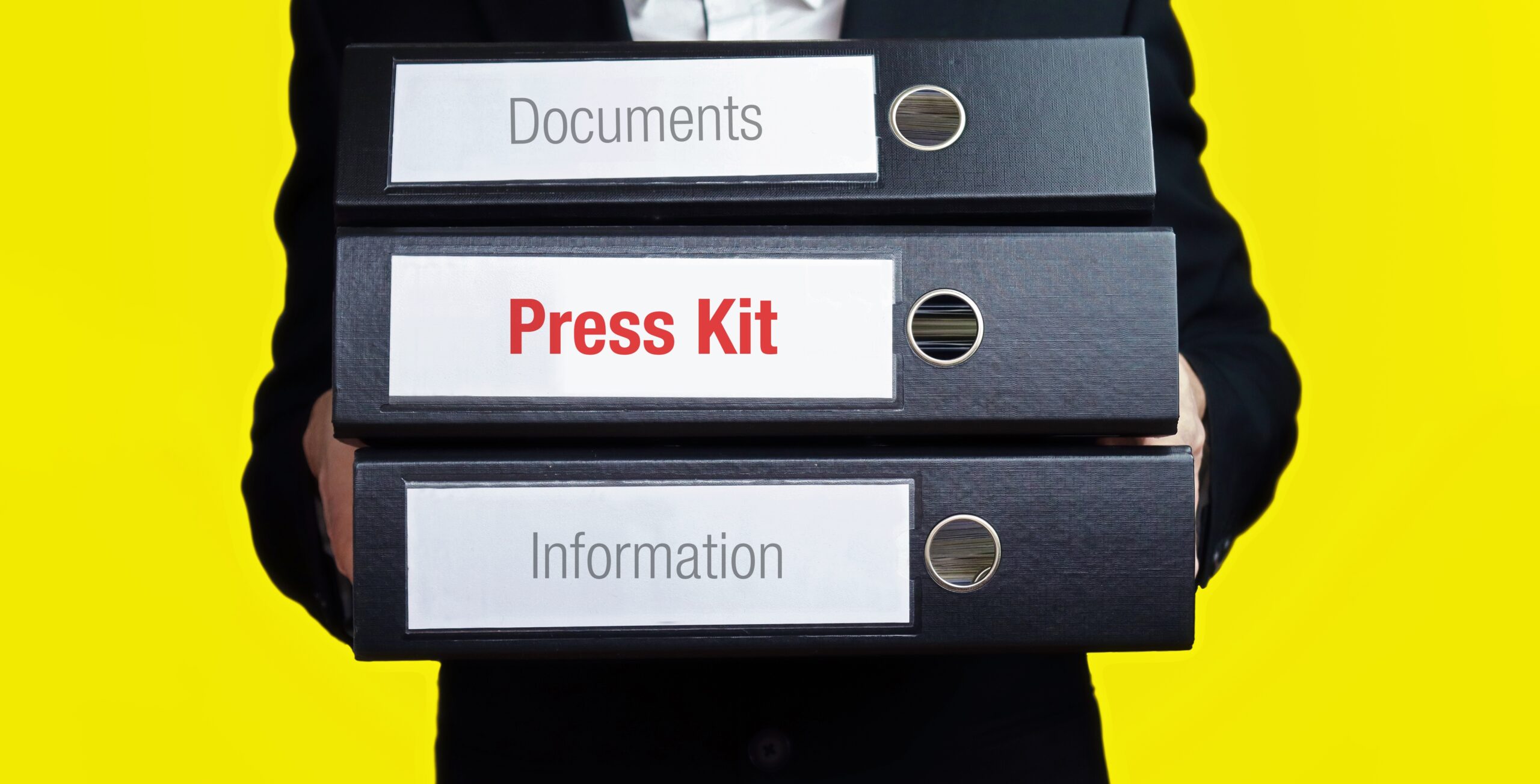Press releases are regularly published by companies, brands, and organizations to announce newsworthy developments. Today, press releases can be easily accessed by the masses through distribution networks and media sites. But in the past, press releases were primarily tools for journalists and editors.
Fact sheets are a type of media outreach content. They are supplemental to press releases and part of a complete press kit.
If you want to know how to write a fact sheet for a press release or determine whether or not you need one, the following information will help you get started.
What Is A Press Fact Sheet?
The main purpose of a press fact sheet is to provide members of the media with an easy reference on your company.
A press release tells the story of a notable development by explaining what happened, who was involved, when and where it occurred, how it happened, and why it’s important. A fact sheet delivers categorized bullet points and distinct, easy-to-reference facts about your company, which it is sharing to help journalists accurately cover your event or development.
Your goal when writing a media fact sheet is to give reporters and journalists everything they need to know about your organization in one straightforward reference. The categories you’ll need to accomplish this will vary based on the company, development, and other details, but there are a few standards to include.
Is A Press Release Fact Sheet Necessary?
When writing and publishing press releases online to reach potential customers and build your brand, a fact sheet isn’t necessary. If you’re not creating a press kit or pitch packet for journalists, you do not need a fact sheet.
If you are altering the media to pitch a coverage opportunity, then a fact sheet should be included with your press kit. A press kit will typically consist of a press release that explains the development, a media alert or advisory that succinctly delivers your coverage pitch, and a fact sheet.
What’s Included On A Press Release Fact Sheet?
At a glance, a fact sheet looks similar to a resume. To decide what should be included, try to imagine what needs to be known about your company if someone only had a few minutes to understand what it is, what it does, and anything that makes it objectively unique.
A fact sheet is not meant to be used in lieu of a press release or media alert, it is only a reference about your company. This means your fact sheet does not need to reiterate the details from the press release or media alert.
Fact sheets are not meant to be publicized, so unlike a press release, which is meant for general consumption, paragraphs are optional. Your fact sheet can be one or multiple pages and formatted in a manner that best suits the information.
While there is less standardization in a fact sheet, you’ll still want to be concise and respectful of the recipient’s time. Carefully check to ensure there’s no redundancy or errors, and that all essential information is included.
When creating a fact sheet and everything else in your press kit, remember that ease of comprehension is not only beneficial for the people covering your news, but it also helps to ensure your company is properly and accurately represented through any publicity it gains.
Fact sheets should always be written on company letterhead or include a logo and contact information within a header. There should be no ambiguity on where this fact sheet originated and that it’s from a serious and professional organization.
A fact sheet will lead with background information on the company. This is sometimes called a corporate backgrounder.
Your company’s background can be in one or more categories and will specify details like when the company was founded and where, its number of employees, the name of the founder, current owner, CEO, and or other members of executive leadership, and its core mission or function.
The fact sheet should provide an overview. In most cases, this could be a summary or bulleted list that explains the event, notable development, or product or service. Make sure to choose facts that merit attention without trying to persuade anyone. Promotional or subjective information will be disregarded at best and may cause journalists to decline your coverage opportunity.
A fact sheet should specify the audience or target demographic. In the case of a product or service, this would be the people who will find it most useful. If your company is hosting an event, the audience would be the attendees.
Additional fact sheet information can include details on the markets or clients your company serves, industry conditions or topics your company is addressing, any accreditations or credibility indicators, and other relevant facts you want the media to be aware of if and when they decide to cover your news.
Before you end your fact sheet, specify the names and direct contact information of whomever the press can follow up with. You’ll want to make it as easy as possible for members of the media to get answers to their questions.












